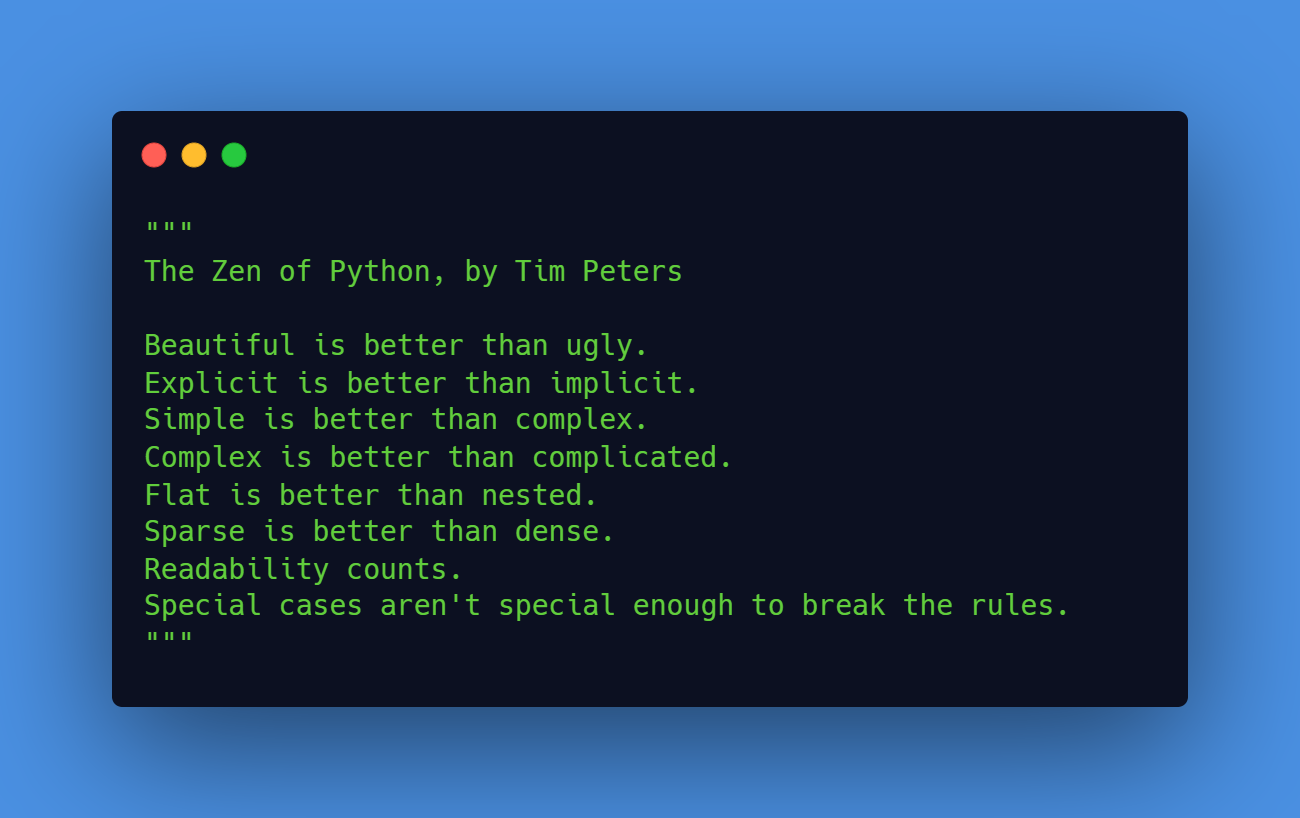In Python, a set is an unordered collection of unique elements. Sets are useful for performing operations such as set intersection, set union, and set difference. In this article, we will focus on understanding and implementing the intersection operation in Python.
What is Set Intersection?
Set intersection is a mathematical operation that takes two sets as input and returns a new set that contains only the elements that are common to both input sets. In other words, the intersection of two sets is a set of elements that are present in both sets.
For example, consider the sets A = {1, 2, 3} and B = {2, 3, 4}. The intersection of these two sets, written as A ∩ B, would be the set {2, 3}.
Implementing Set Intersection in Python
There are several ways to implement set intersection in Python. The most straightforward method is to use the intersection() method, which is a built-in function of the set data type.
To use the intersection() method, simply pass the other set as an argument to the method. For example:
A = {1, 2, 3}
B = {2, 3, 4}
C = A.intersection(B)
print(C) # Output: {2, 3}
Code language: Python (python)Alternatively, you can use the & operator to perform set intersection. This operator behaves similarly to the intersection() method, but it allows you to use a more concise syntax. For example:
A = {1, 2, 3}
B = {2, 3, 4}
C = A & B
print(C) # Output: {2, 3}
Code language: Python (python)It’s also possible to use the intersection() function from the itertools module to perform set intersection. This function works slightly differently from the intersection() method and the & operator, as it returns an iterator rather than a new set. To use the intersection() function, pass both sets as arguments to the function and use the list() function to convert the iterator to a list. For example:
from itertools import intersection
A = {1, 2, 3}
B = {2, 3, 4}
C = list(intersection(A, B))
print(C) # Output: [2, 3]
Code language: Python (python)Set Intersection with Multiple Sets
It’s also possible to perform set intersection with more than two sets. To do this, you can simply chain multiple calls to the intersection() method or use the & operator multiple times. For example:
A = {1, 2, 3}
B = {2, 3, 4}
C = {3, 4, 5}
D = A.intersection(B).intersection(C)
print(D) # Output: {3}
E = A & B & C
print(E) # Output: {3}
Code language: Python (python)Set Intersection with Empty Sets
It’s important to note that the intersection of any set with an empty set is always an empty set. This is because an empty set has no elements, so there are no elements that could possibly be present in both sets.
For example, consider the set A = {1, 2, 3} and the empty set B = {}. The intersection of these two sets, written as A ∩ B, would be the empty set {}.
Conclusion
In this article, we have learned about set intersection and how to implement it in Python. Set intersection is a mathematical operation that takes two or more sets as input and returns a new set containing only the elements that are present in all of the input sets.
In Python, there are several ways to perform set intersection, including using the built-in intersection() method, the & operator, or the intersection() function from the itertools module.
We have also seen how to perform set intersection with multiple sets and with empty sets.
References
- Python documentation on sets: https://docs.python.org/3/library/stdtypes.html#set-types-set-frozenset
- Python documentation on itertools: https://docs.python.org/3/library/itertools.html

Leave a Reply